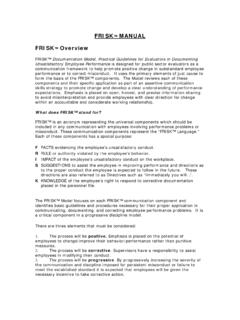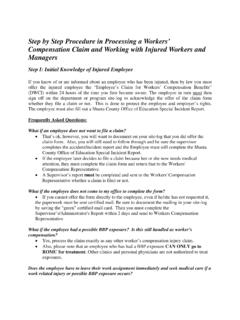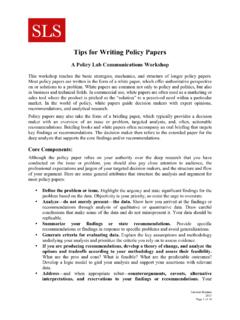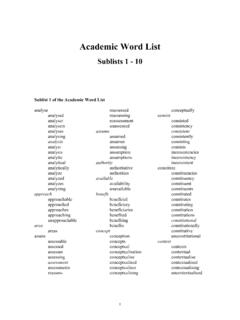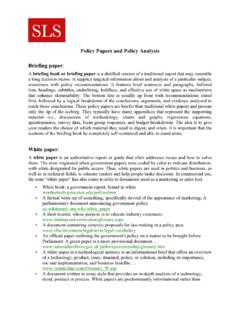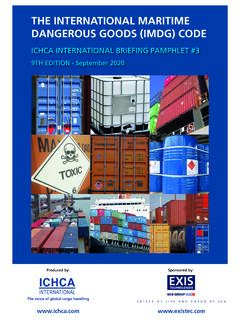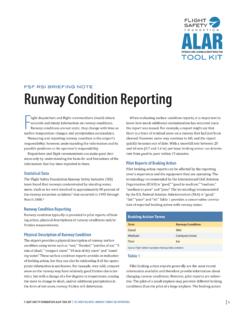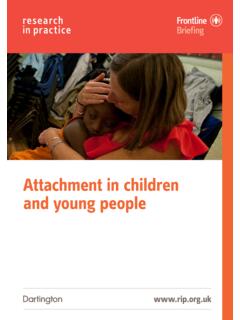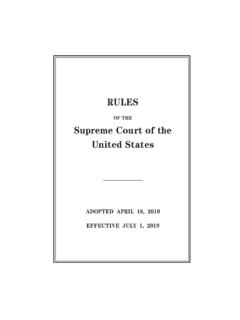Transcription of Implementing and Sustaining an Effective Reading Program
1 2006 The Consortium on Reading Excellence, Inc. 2006 The Consortium on Reading Excellence, Consortium on Reading Excellence, Consortium on Reading Excellence, Inc. Implementing and Sustaining an Effective Reading ProgramA CORE briefing Paperby Linda DiamondWhat Does It Take? The best practices of any profession are not gained in a vacuum, but implemented and sustained in environments that intentionally support, enhance, and sustain those practices and include several dimensions. ( Reading /Language Arts Framework for California Public Schools 1999, p.)
2 11)An Effective Reading Program develops Reading competence in all students and is based on proven practices. Three components are critical to the design, implementation, and sustainability of powerful Reading instruction: professional development that equips educators with a solid knowledge base; Effective instructional tools that are aligned to the knowledge base; and school systems that support and nurture DevelopmentProfessional development is critical in equipping teachers and school leaders with the research-based knowledge they need to design their Reading Program , select the right tools, and develop support systems.
3 The most Effective school implementation designs will take into account the need for ongoing professional development in order to create and sustain a culture of continuous learning and continuous improvement. To facilitate ongoing learning, teachers need time to learn. Professional development needs to be multidimensional to be Effective . It can occur in traditional workshop settings and seminars, at school during collegial meetings, and within the classroom. 2006 The Consortium on Reading Excellence, Inc. 2006 The Consortium on Reading Excellence, Inc.
4 The Consortium on Reading Excellence, Consortium on Reading Excellence, Inc. 2006 The Consortium on Reading Excellence, Inc. 2006 The Consortium on Reading Excellence, Inc. The Consortium on Reading Excellence, Consortium on Reading Excellence, The New Structure of School Improvement: Inquiring Schools and Achieving Students, Joyce, Calhoun, and Hopkins (1999) describe an approach to staff development that is vastly different from the workshop-training packages employed by most schools. They argue for five major components: Presentation of Theory Participants do need to learn the theoretical underpinnings of the teaching approach, which is the traditional workshop and consists of readings, lecture, discussion, and interaction.
5 Because Reading instruction is complex and because research-based Reading practices have not been the norm in many schools, 20 30 hours may be required to provide teachers and school leaders with the necessary knowledge (Joyce and Showers 1982, 1995); however, if this is the sole component of training, as few as 10 percent of the participants are likely to be able to implement the new approach (Joyce et al. 1999, p. 120). Modeling and Demonstrations Modeling of instructional procedures and demonstration lessons increases the likelihood of implementation.
6 Demonstrations and modeling can be presented live or through the use of videotapes, but it is crucial that teachers expected to implement a new procedure or strategy see Effective illustrations. Demonstrations can take place in the workshop sessions with students brought in for special lessons. Modeling and demonstrations can also take place during visits to actual classrooms. The model lessons may be provided by outside experts as well as by skilled teachers from the school itself. When this component is added to the theoretical training, an additional 10 percent of the participants are likely to be able to implement the practice (Joyce et al.)
7 1999, p. 120). Practice in Workshop Setting and Under Simulated Conditions In addition to seeing models and demonstrations, participants benefit from simulated practice, both in the workshop setting and in classrooms. Such practice, done with peers or students brought in for the session, provides participants with a controlled environment for learning without worrying about managing their whole class of students. Teachers can make mistakes and improve. Structured Feedback Structured feedback helps all new learners to correct and adjust their behaviors.
8 To provide such feedback, a system for observing participant behavior must be in place. Those giving the feedback need to know what to notice. Feedback can be self-administered, or it can be provided by the outside trainer or others trained in the approach. It can be combined with the simulated practice in the workshop setting or offered during classroom visitations and observations. Joyce et al. state that even with a combination of practice and feedback, they would be surprised if as many as 20 percent of participants could transfer their learning to their classrooms on a regular basis (1999, p.)
9 120). When structured feedback is combined with theory, modeling and practice, the total implementation rate can go up to about 40 percent. Coaching for Classroom Application For sustained, consistent use, the most important component of training appears to be direct coaching in the classroom. In an earlier study 2006 The Consortium on Reading Excellence, Inc. 2006 The Consortium on Reading Excellence, Inc. The Consortium on Reading Excellence, Consortium on Reading Excellence, Inc. 2006 The Consortium on Reading Excellence, Inc.
10 2006 The Consortium on Reading Excellence, Inc. The Consortium on Reading Excellence, Consortium on Reading Excellence, transfer of training to classroom implementation and consistent use, Showers (1982) found that no teachers transferred their newly learned skills without coaching. Coaching involves helping teachers plan and deliver lessons using the new approach and involves helping teachers reflect upon their own teaching and make improvements. Coaching also includes side-by-side coaching and co-teaching. Coaches, whether outside experts or peers, must themselves receive training and support in the use of observation tools and feedback techniques.




